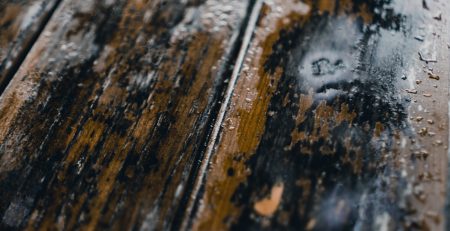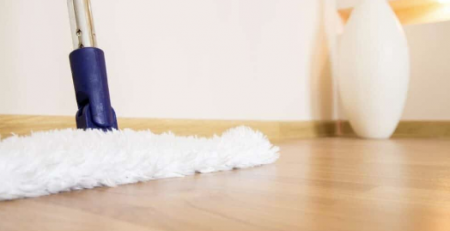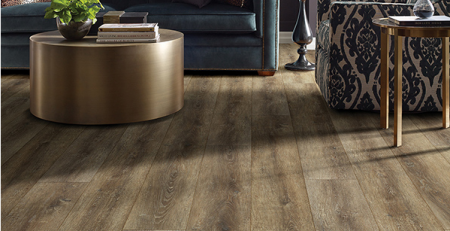FAQ About Ceramic Tiles
Frequently asked questions about ceramic tiles
-
What is the difference between ceramic and porcelain tile?
Ceramic tile and porcelain tile are very different even though they are made of similar material. Ceramic tile floors have a high composite of reddish colored clay. Porcelain tile is much more white or gray at times, and that helps us to differentiate them.
Due to its slight variations and irregularities, ceramic tiles, on the other hand, can present an interesting aesthetic result, with a more rustic and textured appearance.
The materials used for the manufacturing of porcelain tile are usually much more refined, and the pressure and temperature to which the materials are exposed to create porcelain tile is much higher making them have very marked differences in several aspects.
The result is more homogeneous, dense, vitrified and more resistant than conventional ceramic, as well as less porous and, therefore, with a very low water absorption rate. Its durability increases due to this, making it a good solution for high-traffic buildings.
-
What types of finishes are available for ceramic tiles?
The finish refers to the top surface of the coatings and can be polished, glossy, satin, matte, and natural.
-
Durability or Resistance of ceramic tiles
Undoubtedly, this is one of the most important differences between ceramic and porcelain tile in terms of use. From high impact resistance, resistance to sudden changes in temperature, to high resistance to breaking load, porcelain tile has all these benefits over ceramic.
Essentially this translates into larger spaces in which it can be used. Whether for residential or commercial use, in offices, and even airports, porcelain tile is an option that has a longer useful life.
It should also be noted that there are different types of porcelain tile depending on its composition, finish and design application. These factors greatly influence the resistance to traffic of each variant.
- Water Absorption of ceramic tiles vs porcelain tiles
One of the main differences between porcelain tile and ceramic tile is the level of water absorption, with the former having between 0 and 0.5% water absorption and the latter between 8 and 13%.
This difference makes it preferable to use porcelain tile in exteriors since it is less prone to wear and tear and cracks due to temperature differences than ceramic tile.
-
Can a floor tile be installed on a wall? And wall tiles on a floor?
Virtually any floor tile can be installed on a wall. In most cases, it is not appropriate to use wall tile on a floor.
- Is it possible to install tile over tile?
Generally, yes, but only if the surface below has been installed correctly and is not experiencing problems. Generally, this is not the smartest choice and maybe a cost-saving that will lead to new costs down the road. It should be noted that overlay floors will reduce the height of the room slightly, and doors will need to be worked to open and close normally.
-
Hardness
Due to the manufacturing differences mentioned above, porcelain tile is much harder and tends to be wider as well.
This means that the installation process must be carried out by a professional tile installer, such as Philadelphia Flooring Solutions.
-
Design
Another difference between ceramic and porcelain tile is the design. This is a fundamental aspect in the choice for many.
First, the difference in the finish of the edges makes the surface have a single height and allows the joint to be thinner. This gives a more continuous and uniform appearance that is not only more pleasing to the eye but also to the touch.
Ceramic tile finishes are much more porous and less glossy in general. Thanks to its shinier and more mirror-like finish, porcelain tile gives more luminosity to spaces.
Porcelain tiles allow reproducing with much more accuracy different natural materials because its manufacturing process allows printing textures and drawings with greater accuracy. But also because they have larger pieces and a smaller joint between them.
- Cleaning of ceramic tiles
Another aspect is cleanliness. The higher porosity of the ceramic tile causes it to trap more dirt. Also, the fact that ceramic tiles have a larger joint causes more dirt to collect. On the other hand, the finish of porcelain tiles, together with its low porosity and water absorption, makes it a cleaner floor.










